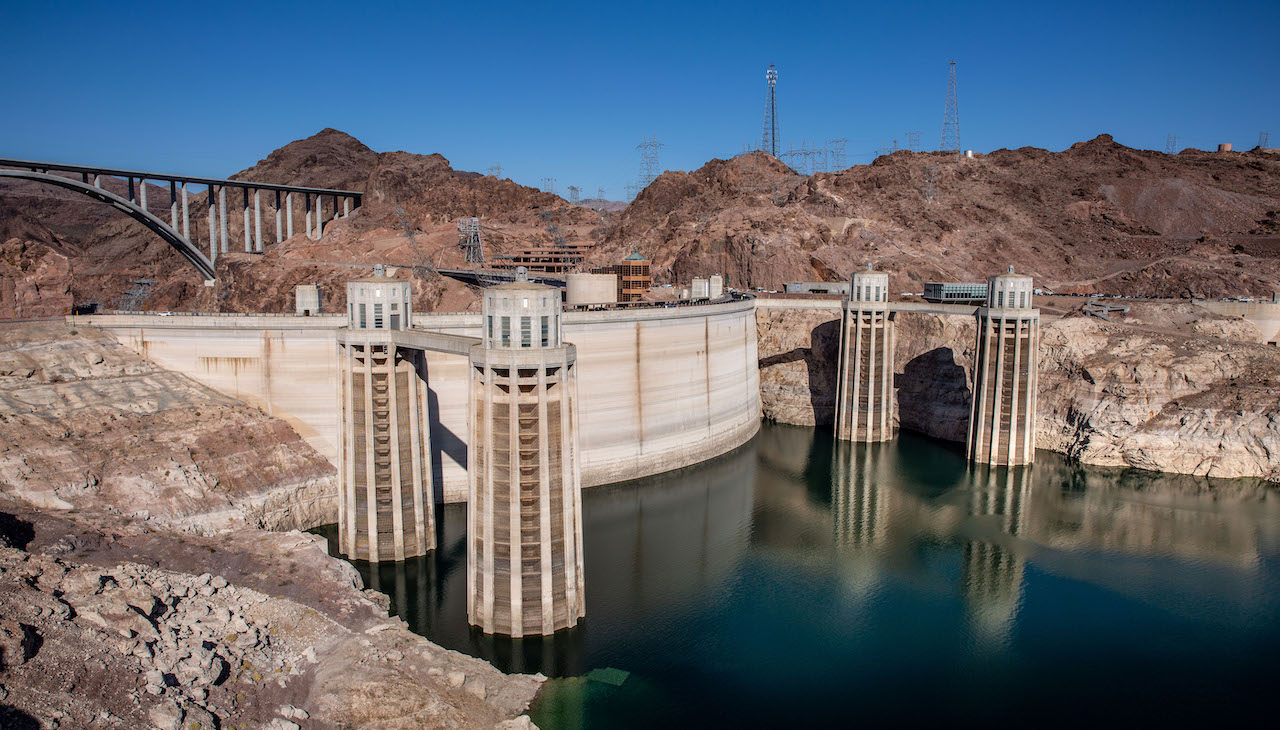
Drought threatens Northeast farmers and states living off Colorado River as basins dry up
Decades of droughts have not prompted enough help as the concerning trend now threatens the jobs, and livelihoods of many across the country.
Climate change hits many in different ways in different parts of the world. For the United States specifically, it can mean heavy rain, flooding, rising sea levels or drought. The last effect results in the drying up of riverbanks, not enough rain, and overall depleting water sources that threaten the livelihoods, and jobs of many, such farmers.
Throughout the Northeastern part of the U.S., the impacts have been felt usually from rising sea levels, heavy rain, and storms that have caused coastal erosion and flooding. However, this particular Summer has been drier than usual for most of the country, but even more so in this part of the country for farmers. A drought unlike any other in history has struck.
Farms that need rain are hardening as farmers are praying it will come. Whatever rain does arrive only runs off and doesn’t soak into the ground as is needed. As the supply of water dries up and lowers, communities are cutting off or restricting the amount of water allowed for use. On top of that, the wildfires plaguing the country in recent years have also continued to use up exorbitant amounts of water as well. Crops are starting to grow poorly as a result, which now threatens the food that we consume.
According to the National Weather Service office in Norton, Massachusetts, Rhode Island saw less than half an inch of rain this past July in what has been the third driest July on record.
Boston on the other hand also saw less rain, with less than six-tenths of an inch of rainfall during its fourth-driest July on record. As a result both states are having to call for water restrictions to reduce its use. Drought conditions for this part of the country began in 2020 according to officials.
Officials fear the drought could last into the Fall when water consumption rises with many using the time for yard work, burning off brushes, and overall, spending more time in the woods. Officials believe the drought will extend for several more months.
“We hope this is maybe one period of peaking of drought and we get back to many more years of normal precipitation — But it could just be the beginning of a longer trend,” said Vandana Rao, director of water policy in Massachusetts.
However, some officials are hoping for a wet Winter with snow that can help the drought conditions. Ted Diers, assistant director of the New Hampshire Department of Environmental Services water division falls into this camp on the issue.
“I think we’re probably going to be in this for a while and it’s going to take a lot — What we really are hoping for is a wet Fall followed by a very snowy winter to really recharge the aquifers and the groundwater,” said Diers.
RELATED CONTENT
The Colorado River dries
As for the legendary Colorado River, the sixth-longest river in the nation that flows through over two nations and seven states, it is also seeing some drying up as an important riverbank for many who use it as a water source. Some banks along the river that once flowed with heavy water are now dry with mud and rock, as the Southwestern part of the U.S. continues experiencing extreme heat and the drying up of lakes, and rivers.
Depleting water levels here threaten to put hydropower production in jeopardy. Officials are looking at extreme restrictions as cities and farms in over seven states are bracing for water cuts.
Arizona, California, Colorado, Nevada, New Mexico, Utah and Wyoming were all told by the U.S. Bureau of Reclamation to figure out how to cut water usage by over 15% or restrictions will be imposed upon them.
“The challenges we are seeing today are unlike anything we have seen in our history,” said Camille Touton, the bureau’s commissioner, during a U.S. Senate hearing,
The river, which comes down from the Rocky Mountains into the deserts of the Southwestern U.S., sees more than 70% of its water go towards irrigation. That supports a $15 billion agricultural industry that helps grow 90% of the U.S.’s winter vegetables.
Not just the U.S., but northern Mexico is also facing such shortages and heavy drought conditions. The cuts will ultimately lead to many states pointing blame at one another, as the cuts take a toll on everyone.











LEAVE A COMMENT:
Join the discussion! Leave a comment.